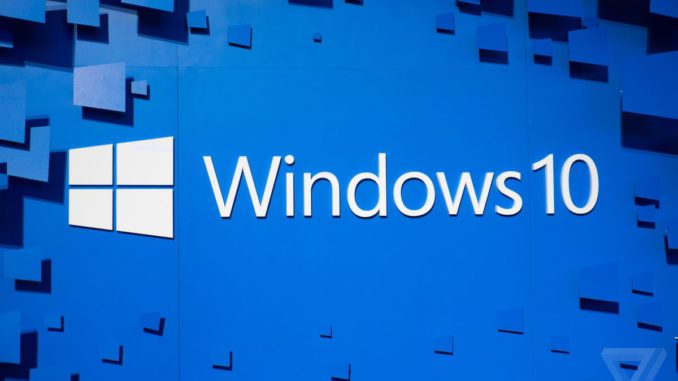
As many of you know, due to the many issues with Windows 10 (specifically related to the uncontrollable updates), Computer Tutor has not been a fan of the operating system. We still sell brand new computers with Windows 7, which to this date, is still the most reliable and stable platform supported by Microsoft.
However, we understand that a day will come that Windows 10 will be the only supported operating system for many computers and applications. In fact, the purpose of this post is to keep our clients and others informed about such changes. As we understand from the latest Computer World article entitled “What are the differences between Microsoft Office 2016, Office 2019 and Office 365?” that date is fast approaching:
Office 2016’s and 2019’s simultaneous retirement is the strongest signal yet that Microsoft will shut down the one-time purchase option after Office 2019, finally making the subscription-based Office 365 the only way to license the productivity applications.
Spataro dropped other clues about Office’s future. “It has become imperative to move our software to a more modern cadence,” he wrote, implying that years of support for perpetually-licensed software was either onerous for Microsoft or put customers at risk (or both).
Along with the reduction of the support timeline, Microsoft also announced that Office 2019 would be supported only on Windows 10. Even though Windows 7 will have more than a year left before retirement when Office 2019 debuts, and Windows 8.1 will have over four years remaining, Office 2019 will not be supported on those operating systems.
Meanwhile, Office 365’s ProPlus will see its support curtailed, too.
The new policies stake out Windows 10 as the only supported edition of Microsoft’s OS as of January 14, 2020, the head-to-assisted-living date for Windows 7. Windows 8.1 will also be unsupported by Office 365 ProPlus, as will the Windows 10 LTSC (Long-term Servicing Channel) version.
In other words, Office 365 subscribers running Windows personal computers have less than two years to upgrade to Windows 10 if they’re to continue working with the suite-by-subscription.
“This will ensure that both Office and Windows receive regular, coordinated updates to provide the most secure environment with the latest capabilities,” said Spataro, echoing the rationale his employer has given numerous times when it’s tied Office and Windows together.
What does this mean?
- Microsoft’s last one-time purchase Office version is Office 2019, available later this year.
- Office 2019 will only run on Windows 10 computers. Those who choose to purchase this version will need to upgrade to Windows 10 for the software to work.
- Those who use Office 365 will need to upgrade to Windows 10 by January 14, 2020, which is the end of support date for Windows 7.
- Those who purchased a new system with Windows 7 in the past couple of years can rest easy. The systems come with an upgrade license for Windows 10.
If you did not buy your system from us or are not sure when you purchased your system, get in touch with us. We will help you determine when you should (or shouldn’t) upgrade, what is involved and what it will cost.
